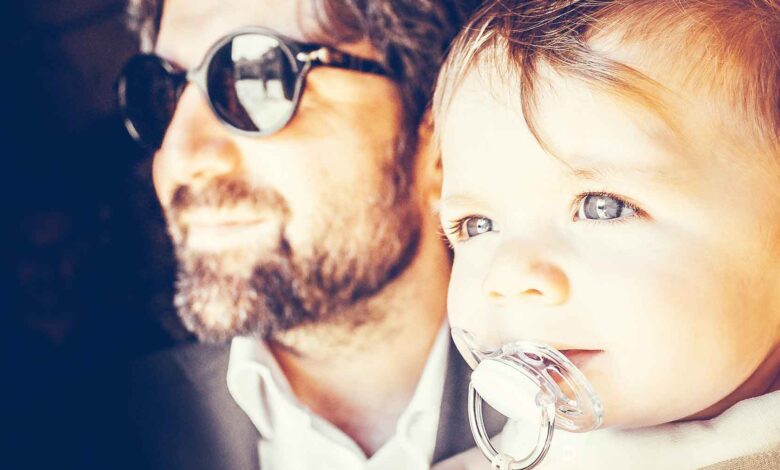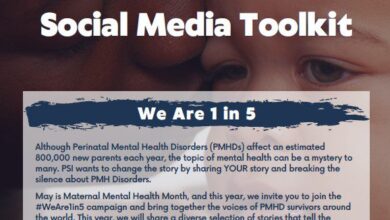Do Pacifiers Cause Nipple Confusion

Telling parents not to use pacifiers because of nipple confusion is used as a scare tactic to promote breastfeeding.
Yes, what you read is correct. Somewhere someone decided to help women breastfeed more they should be warned about nipple confusion. That way they will be afraid to give a baby a pacifier or milk (human or formula) in a bottle. And that means more breastfeeding, right?
wrong
Tactics like this often backfire and many women who want to use bottles and pacifiers will give up breastfeeding in order to use these tools.
What is nipple confusion anyway?
This is believed to be the problem where a breastfeeding baby is exposed to an artificial nipple, such as from a bottle or pacifier, but then the baby begins to show breast failure and prefers the artificial nipple. Alternatively, using an artificial nipple causes breastfed babies to suckle differently after using an artificial nipple.
Guess what? All these are beds.
There is no such thing as nipple confusion.
What actually happens is called “flow preference”. This is when a baby has a bottle of milk that flows quickly and easily. It takes a bit of effort to get the milk from the bottle and when the baby goes back to the breast they are upset that the milk doesn’t flow as easily, abundantly or easily as it did from the bottle.
This can lead to babies rejecting the breastfeeding experience in favor of bottle feeding.
But what about pacifiers?
Pacifiers are a wonderful tool to use with small babies. They are designed to mimic the human nipple to provide comfort to babies when a breastfeeding parent cannot actively breastfeed the baby.
To better understand why pacifiers are such a great tool, we need to look at why babies love them.
A baby is born with a strong desire to suck. When a baby sucks, they produce endorphins, a hormone that has a strong analgesic and relaxing effect. A surefire way to calm a fussy baby is to let them suckle: on the breast, on a finger, on a toy, or on a pacifier. This will create a strong sense of calm in the baby.
For some babies, the urge to suck is overwhelming. Some babies need to nurse almost constantly. But, most breastfeeding parents can’t accept all breastfeeding which makes a pacifier the perfect tool.
Look inside any NICU and you will find all or most babies happily sucking pacifiers. Hospitals know that pacifiers are an incredible self-soothing technique for babies. They also know that sucking on a pacifier strengthens the muscles in the face and mouth as well as stimulating the baby’s brain.
But, there is a concern that if a baby is fussy and a parent often relies on a pacifier. If a baby gets a large part of his desire to suck satisfied through a pacifier, they may not be spending enough time at the breast. There is a real concern that a baby who uses a pacifier frequently will not get enough breast milk, will not gain enough weight and the mother’s milk supply will decrease.
Thus, the recommendation appears to avoid all artificial nipples until breastfeeding is “well established”. But when is that? days? Sunday?
The problem with waiting to introduce a pacifier to a baby is that if you wait too long, most babies will reject a pacifier.
All is not lost, though. Pacifiers can still be used, they just need to be used in a thoughtful way.
If a baby is confused, ask yourself:
Did the baby eat recently? Could it be because they are nurses? Did they get a full belly of milk at their last feeding? Is this a frequency of the day when I should nurse the baby more often than usual?
Does the baby eat 8 to 12 times a day? Does the baby produce the appropriate minimum number of dirty and wet diapers for their age?
Does baby need a hug? Maybe they are lonely and need social interaction? Are you able to give the baby some physical and social connection or do you need to do something else now?
Is the baby fussy due to temperature or physical discomfort? Does the baby need to be changed? Is the baby alert but not seeing you? Is baby tired and needs sleep?
When you are forced to give the baby a pacifier, do a quick assessment of why the baby is angry or fussy. See if they need anything else before offering a pacifier. If all their needs – especially regarding feeding – go ahead and offer the baby a pacifier. You can be sure that your baby will not experience any adverse consequences from its use.
There’s no need to cut yourself off from a tool that could benefit your baby when you use that tool safely.





